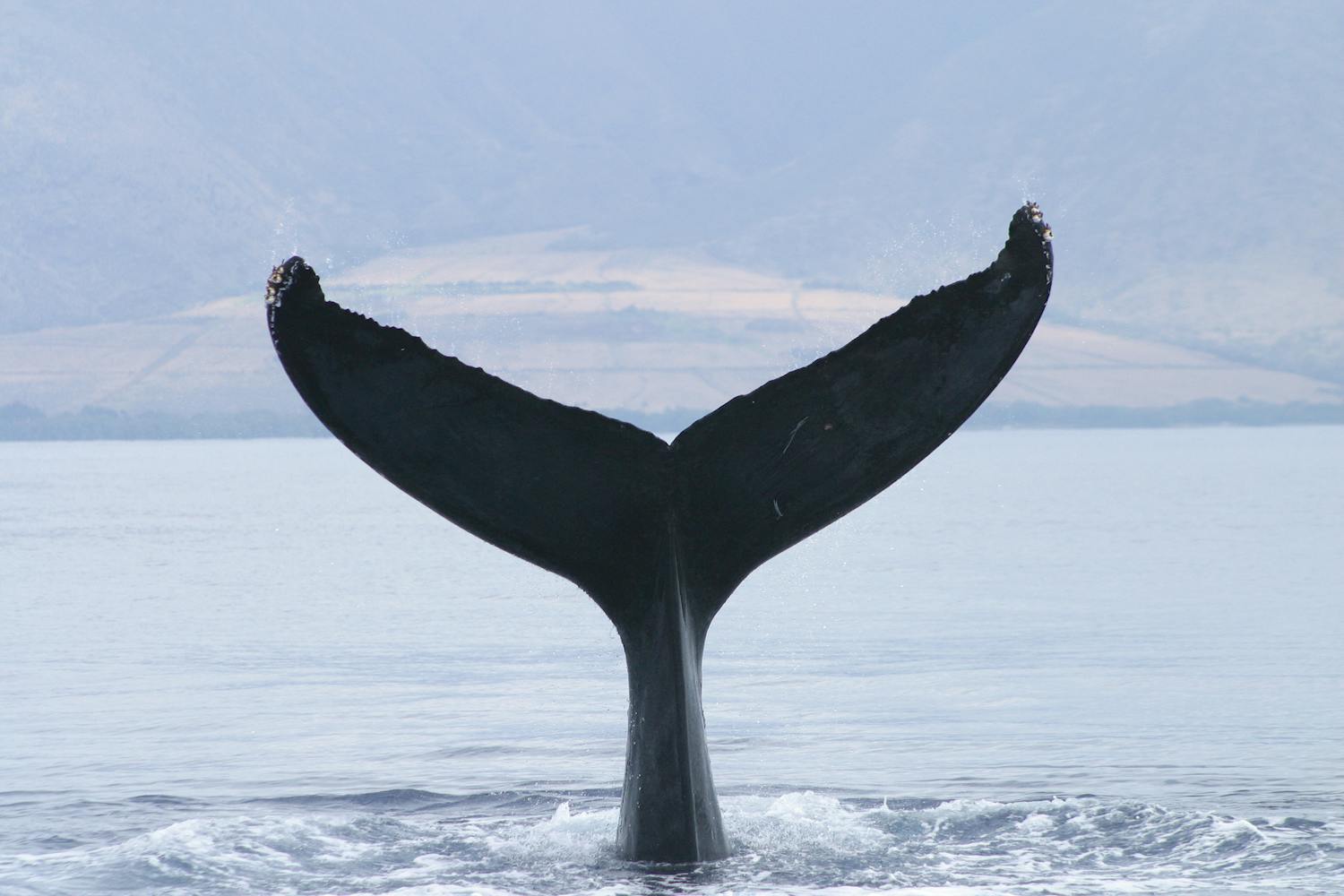
National Marine Sanctuaries Program - The First Fifty Years, and the Next Fifty Years
NOAA, ONMS
NOAA’s ONMS contracted with the National Academy of Public Administration to conduct:
- An evaluation of the impact and major achievements of the National Marine Sanctuaries program over the past five decades.
- An assessment of potential high-level directions for the program over the next 20-50 years.
- An assessment of the major opportunities and challenges facing the program over the next 20-50 years.
The Academy assembled a three-member Panel of Fellows to oversee and guide the work of the study team.
Click here to learn more about the Academy's work with the Sanctuaries Program
Background
Since 1972, the National Marine Sanctuary System has served as the national trustee for a growing network of marine parks. The system, administrated by the National Oceanic and Atmospheric Administration (NOAA)’s Office of National Marine Sanctuaries (ONMS), is designed to promote sustainable ocean uses and ensure the health of the nation’s ocean locales. These marine parks are designated as National Marine Sanctuaries or National Marine Monuments. Sanctuaries and monuments host recreational, conservation, research, and educational activities, and serve a critical role in their locality’s economy and culture.
As of September 2020, there are 13 sanctuaries and monuments, encompassing more than 600,000 square miles in a diverse array of locales, from the Pacific islands of American Samoa and Hawaii’s Papahānaumokuākea to Thunder Bay in Lake Huron and the Florida Keys. Beyond wildlife and natural resources, sanctuaries and monuments are frequently home to artifacts of American heritage, such as shipwrecks.
Click the button below to view the Final Report.
Final ReportRecommendations
The Panel concludes that ONMS has contributed in significant ways to advance its complicated mission and can make important changes to play a more decisive role in marine environmental protection in the next 10-15 years. The Panel offers 15 recommendations divided into three categories connected with their sequencing – short-, medium- and long-term recommendations, with supporting sub-recommendations. These recommendations serve to encourage ONMS to broaden its vision and aim higher/further. Learn more about the recommendations in the attached Final Report.
